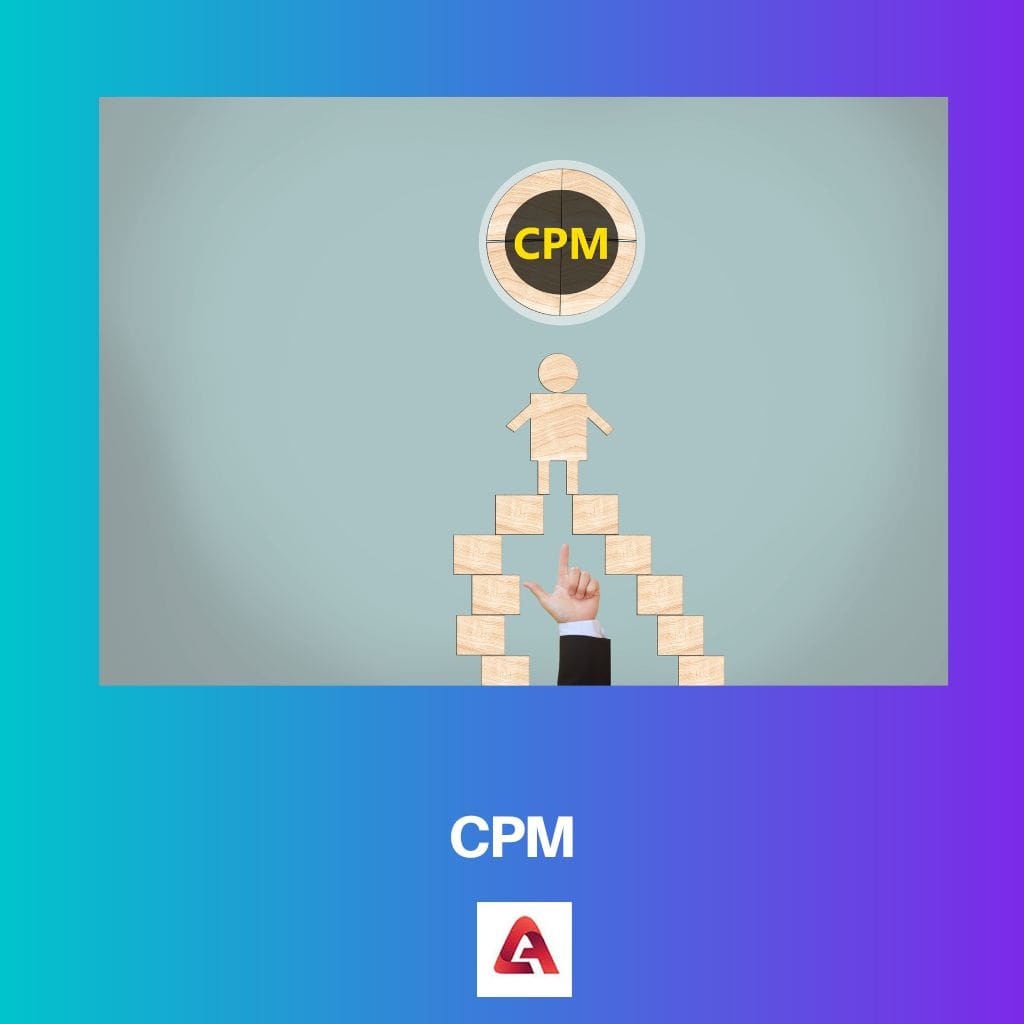CPM, or the Critical Path Method, is a mathematical algorithm that schedules and designs project activities. CPM has been widely known to be used along with the Program Evaluation and Review Technique (PERT). The use of CPM has evolved over time and now refers to an analysis of project activities diagram.
Combining these two allows a ‘critical path’ to be figured out for completing a project, which is the longest stretch of activities, containing the logical endpoints. By factoring in the earliest and latest times in which the activities can be started and finished, it can be used to determine which of the steps of the process are critical and which can be delayed without losing productivity.
The critical path in project management thus refers to the longest network of activities, which gives us the longest possible duration for completion. From here, one can determine ways to increase productivity and reduce time.
Key Takeaways
- CPM stands for “Cost per Mille” or “Cost per Thousand” and is a common pricing model used in digital advertising.
- CPM is calculated by dividing the total cost of an ad campaign by the number of impressions (or views) it receives and multiplying that number by 1000.
- CPM is used to measure the cost-effectiveness of an ad campaign and is used in conjunction with other metrics like click-through rates and conversion rates.

Different aspects of CPM
- A comprehensive list featuring all the activities involved in a project is required.
- The estimated time intervals necessary for each task’s beginning and completion must be calculated. Float refers to the delays which can be permitted without hampering the total project duration.
- Activities’ beginning and end points and major milestones must be figured out beforehand.
- The dependencies and interrelations between activities have to be laid out.
Uses of CPM
CPM can be used in any project which has interconnected activities. This includes but is not limited to construction projects, products, software, research developments, engineering, aerospace, and defence.
Advantages of using CPM
- It ensures improved and effective management techniques in any project. Efficiency is multiplied by several times through the use of CPM.
- Close monitoring of the schedule and a better understanding of the different components of a project ensures that the quality of management and work done is superior.
- The entire project duration can be curtailed by prioritising certain critical activities, and much time may be saved. This is done in two ways:
- Performing more than one activity simultaneously, which are interconnected but do not influence each other in a major way.
- Shortening the critical path by adding more resources and thus saving more time.
Disadvantages of using CPM
- A lot of the variables that are fed into the structure are estimates which may vary to a great extent in practice. This includes the time for the beginnings and ends of activities and the necessary resources.
- As a result, quite a long while may stunt the actual progress, and the decisions taken based on the diagram drawn up may not yield desirable results.
- The critical path can be formed only when all the activities are logically interconnected. This eliminates the scope of using CPM in several fields of work.



